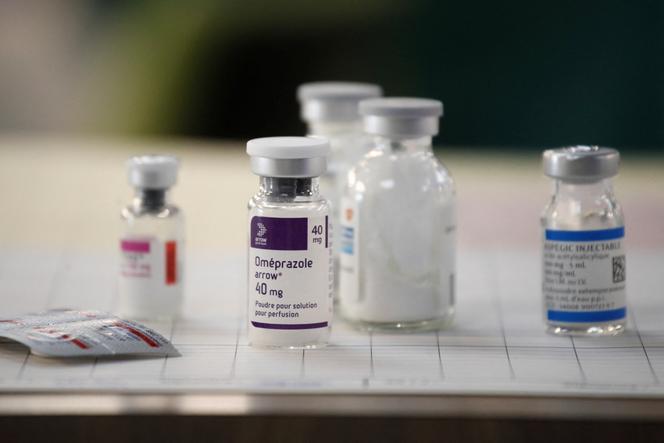


At the height of summer, the Covid-19 virus is back with a vengeance. Far from having been eradicated, it is causing a moderate resurgence in the number of cases in France, particularly at large gatherings such as the fêtes de Bayonne (Southwestern France), which attracted 1.3 million visitors between July 26 and 30. "We went from 20% positive cases the week before the festivities, to 35% the following week in the south of the Landes [Southwestern France] and in the Bayonne conurbation, and we're around 35% to 40% positive cases this week," explained Sébastien Boucher, President of Aquitaine-based laboratories Inovie-Axbio.
The resurgence of the epidemic, possibly linked to the emergence of a new variant, is also affecting the United Kingdom, the United States and Japan, among others – as far as the virus's monitoring systems, which have become very sporadic, allow us to track it. "Public authorities around the world have let their guard down with regard to Covid monitoring," complained Antoine Flahault, Director of the Institute of Global Health in Geneva. "We're currently unable to produce reliable estimates of incidence, hospitalizations and deaths, because we don't test anymore," or hardly at all.
In France, the foundation of Covid-19 monitoring was suspended on July 1 – the famous SI-DEP (integrated screening and prevention platform), based on the results of RT-PCR and antigenic tests. The lists of daily case numbers, screening and positivity rates are gone. Epidemic monitoring now draws on a variety of sources: data on the use of SOS Médecins home visit associations or Sentinelles network GPs for outpatient care, and data on the use of hospital emergency departments (Oscour network), together with mortality indicators.
And here's what that data tells us: "The incidence of Covid-19 cases presenting respiratory signs seen in GPs offices has been rising over the past three weeks," according to the official health agency Santé publique France (SPF) on August 7, noting that this incidence "remains at a low level." In the week from July 31 to August 6, it was estimated at 20 cases per 100,000 inhabitants, or 13,404 new cases (margin of uncertainty: 8,708 to 18,100), according to the Sentinelles network. Two weeks and one week earlier, respectively, the figures were 10 and 14 cases per 100,000 inhabitants. The rates of SARS-CoV-2 positivity among patients presenting with acute respiratory infection were 7%, 35% and 17% in the 0-14, 15-64 and 65+ age groups, respectively.
You have 68.93% of this article left to read. The rest is for subscribers only.
